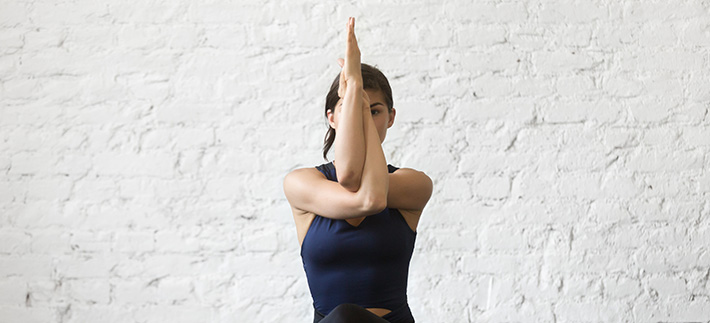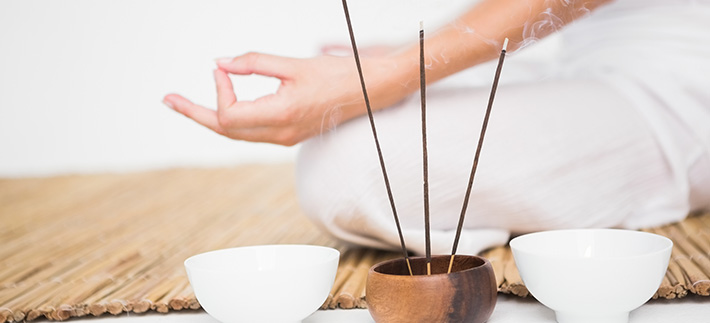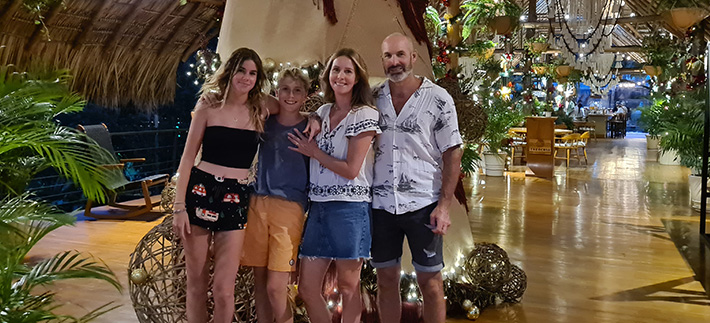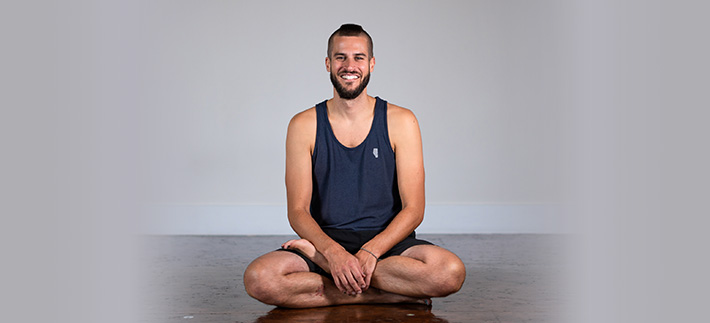
Happy Holidays
December 22, 2023
Curiosity Killed the Crisis
March 4, 2024
JANUARY 3, 2024
‘Get me out of this pose!’
How Lisa Tierney fell in love with Yin Yoga
Yin might be in, but initially, it was way out for me.
I came from an Ashtanga background, where each pose is five breaths. Suddenly, I was being asked to hang out in the same position for a few minutes at a time. Wow. I felt stuck.
Despite this aversion to Yin, I absolutely loved classes with Candance Cooke. But I worked days, and she only taught one evening class per week — a yin class! Resistance or not, it was my only chance to get to Candace’s class, so I was there.
Over time, I fell in love. So deeply that I teach it now. What changed? Great question.
Ironically, my love for Yin practice grew out of the three fundamental principles (tattvas, in Sanskrit) of the practice. The first principle of Yin Yoga is…
Find Your Edge
The first principle of Yin Yoga is to find an appropriate depth in the pose, called the edge.
Umm…what?
Finding an “appropriate” depth was baffling to me. In my Ashtanga days, my instinct was to push, strive, and force. I demanded depth. I wanted to ‘master the pose’ — to kick its asana to the curb (pun intended).
However, Bernie Clark, a Yin master whom both Candace and I trained under, suggested the opposite. He said, “we don’t use the body to get into the pose, we use the pose to get into the body.” That was worth chewing on!
Sitting with this, my perspective began to shift. Instead of attacking the pose, one must learn what it means to wade into an edge. It’s about slowing down to tune into a space of awareness and healing on all levels. The postures are not used to manipulate our bodies. They are ways of understanding and connecting to what is within.
Stay there.
The second principle of Yin was equally as challenging and perspective-shifting: once you’ve found the appropriate depth, stay there. Be still.
Like most people, I first found stillness excruciating – mentally and physically. I mean, is there anything more counter-intuitive or challenging in our modern, fast-paced, and demanding world?
Yet, once I overcame my initial resistance to being still, I recognized stillness is not about an absence of movement. There’s always movement. Movement of breath. Movement of subtle energies and internal flows. Stillness doesn’t obscure movement; it contains and reveals this constant motion and myriad of possibilities.
Staying in a pose becomes more feasible when we understand that movement is always present and by continually returning to the first principle: finding your edge.
This edge shifts. It changes — demanding continuous self-awareness and adjustment.
Sitting at the edge is about being present with sensations and respecting them as guides. You find, stay, commit, and then give the space to find again, stay, and recommit.
The dance of stillness is rooted in movement.
Commit to being there for time.
Things take time. The third principle of Yin is to commit to being in the pose for time. A principle that is tough to accept when we want everything to come quickly – especially the end of a pose!
Yet Yin is fundamentally an allowing and movement inward. Holding for time requires us to develop calmness in order to move into the depths of being somewhere challenging, awkward or intense so more profound healing can happen.
The calm and relaxation parts are essential. Challenging sensations and intensity are balanced by our ability to find relaxation and ease despite the discomfort of feeling what we may not necessarily want to feel.
Eventually, you come to feel held in the pose and supported so that the connective tissue has an opportunity to melt. It is not a quick process and contrasts sharply with our every instinct in this high-speed culture and society.
No wonder it took me time!
In Yin yoga, every moment is a journey toward inner understanding and harmony.
This practice, initially so foreign to me, has become a sanctuary where I’ve learned the true essence of presence, patience, and self-compassion.
My journey from resistance to embrace mirrors the transformative power of Yin – it’s not just about adopting a pose but about evolving into a state of deeper self-awareness and connection.
As I continue to teach and share this practice, I carry with me the profound lessons of these principles, forever grateful for the journey that began with a simple plea: ‘Get me out of this pose!’



